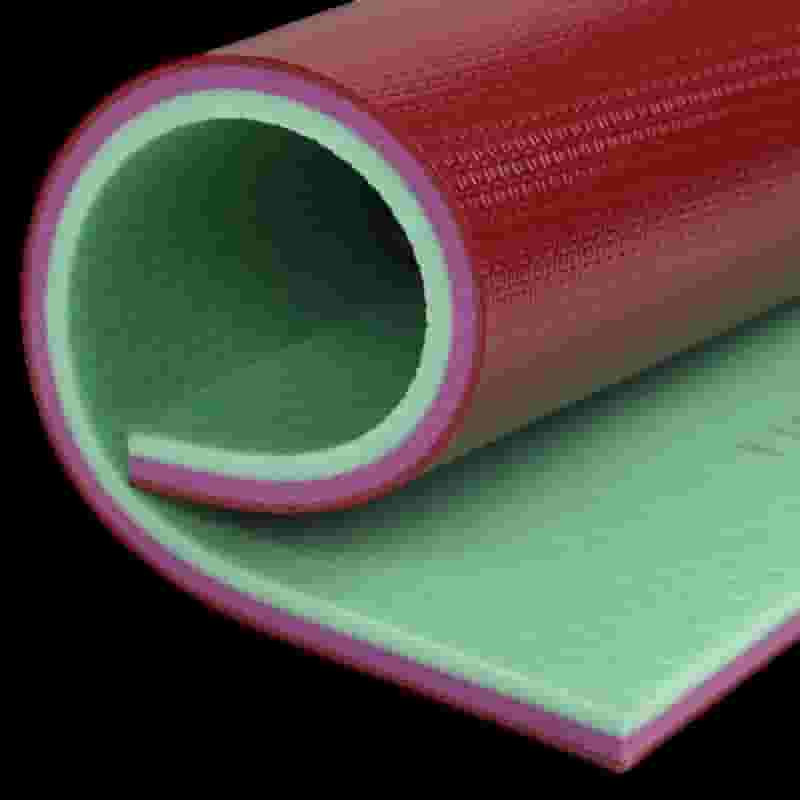Nov . 17, 2024 16:17 Back to list
playground floor material
Choosing the Right Playground Floor Material for Safety and Durability
When designing a playground, safety and durability are two of the most crucial considerations. One of the primary elements contributing to both aspects is the choice of flooring material. The right playground floor material not only provides a safe environment for children to play but also endures the wear and tear of outdoor use. In this article, we will explore the various types of playground floor materials available, their advantages and disadvantages, and how to choose the best option for your needs.
Types of Playground Floor Materials
1. Grass and Natural Turf Natural grass is often considered a classic playground flooring option. It provides a soft surface that can cushion falls. However, maintaining a natural grass playground can be labor-intensive. Regular mowing, watering, and patching are required to keep the area safe and attractive. Moreover, during inclement weather, grass can become muddy and slippery, posing additional safety risks.
2. Poured Rubber Poured rubber surfaces are becoming increasingly popular in playground design. This material consists of a mixture of rubber granules and binding agents that are poured in place, creating a seamless, cushioned surface. Poured rubber is highly durable and can be customized to feature various colors and designs. Its shock-absorbent qualities protect children from injuries during falls. However, the initial installation cost can be higher than other options, and extreme weather conditions can sometimes affect its longevity.
3. Rubber Tiles Another option in the realm of rubber flooring is interlocking rubber tiles. These tiles offer similar benefits to poured rubber but can be easier to install and repair. They come in various thicknesses to accommodate different safety requirements, depending on the height of equipment. Rubber tiles are relatively low maintenance, resistant to moisture and fading, but they can shift if not installed properly.
4. Wood Chips and Mulch Wood chips, mulch, or bark are commonly used in playgrounds due to their natural look and cushioning properties. They absorb impact well and provide a softer landing surface. However, it requires regular replenishing, as the material can break down over time or wash away with heavy rains. Additionally, wood materials can harbor pests if not treated correctly, and sharp pieces may pose safety issues.
5. Synthetic Turf Synthetic turf provides an attractive alternative to natural grass. It’s low maintenance, requires no watering or mowing, and can withstand various weather conditions. While it offers a uniform surface, it can be less forgiving during falls if not installed with adequate shock absorbent backing. Moreover, synthetic turf can get hot in direct sunlight, which might be uncomfortable for children.
Factors to Consider
playground floor material

When choosing playground flooring material, several factors should be taken into account
- Safety Standards Ensure that the chosen material meets local and international safety standards. Look for materials that have been tested for shock absorption and fall height attenuation to protect children from injuries.
- Maintenance Requirements Consider how much time and money you can dedicate to maintaining the playground. Some materials require more intensive care than others.
- Cost Evaluate both the initial costs and the long-term investment. Sometimes, spending more upfront on a durable material can save money on repairs and replacements in the future.
- Environmental Impact Eco-friendly materials, such as recycled rubber or wood chips from sustainable sources, can be a great option to reduce environmental footprints.
- Aesthetic Appeal The visual appeal of the playground can enhance the overall experience for children and their caregivers. Choosing colorful and engaging materials can make the space more inviting.
Conclusion
The choice of playground floor material is a critical decision that affects safety, durability, and maintenance of the play environment. Each option comes with its own set of advantages and disadvantages, and selecting the right one involves assessing the specific needs of the playground, children, and surrounding community. By considering factors such as safety standards, maintenance requirements, cost, environmental impact, and aesthetic appeal, you can create a safe and enjoyable play space that meets the needs of all its users. Investing in quality flooring not only ensures a fun and safe experience for children but also promotes longevity and sustainability in playground design.
-
Sport Court Tiles with AI Innovation | Durable & Safe
NewsAug.01,2025
-
Vinyl Carpet Flooring | Durable & Waterproof Design
NewsJul.31,2025
-
Premium Basketball Board Stand with GPT-4-Turbo AI
NewsJul.31,2025
-
Premium Maple Flooring for Gyms & Homes | PVC & Vinyl Options
NewsJul.30,2025
-
Premium Outdoor Basketball Court Tiles for All Weather Use
NewsJul.30,2025
-
Durable Basketball Board Stand for Indoor & Outdoor Use
NewsJul.29,2025

